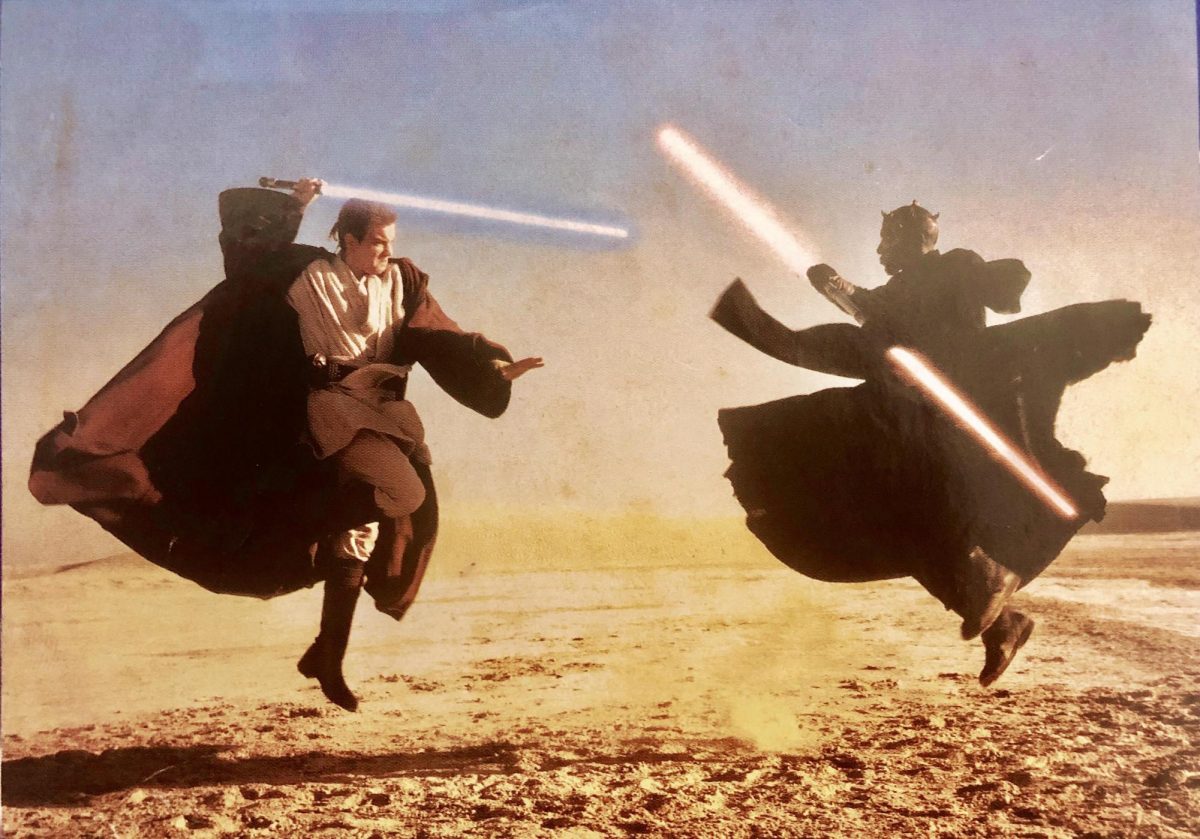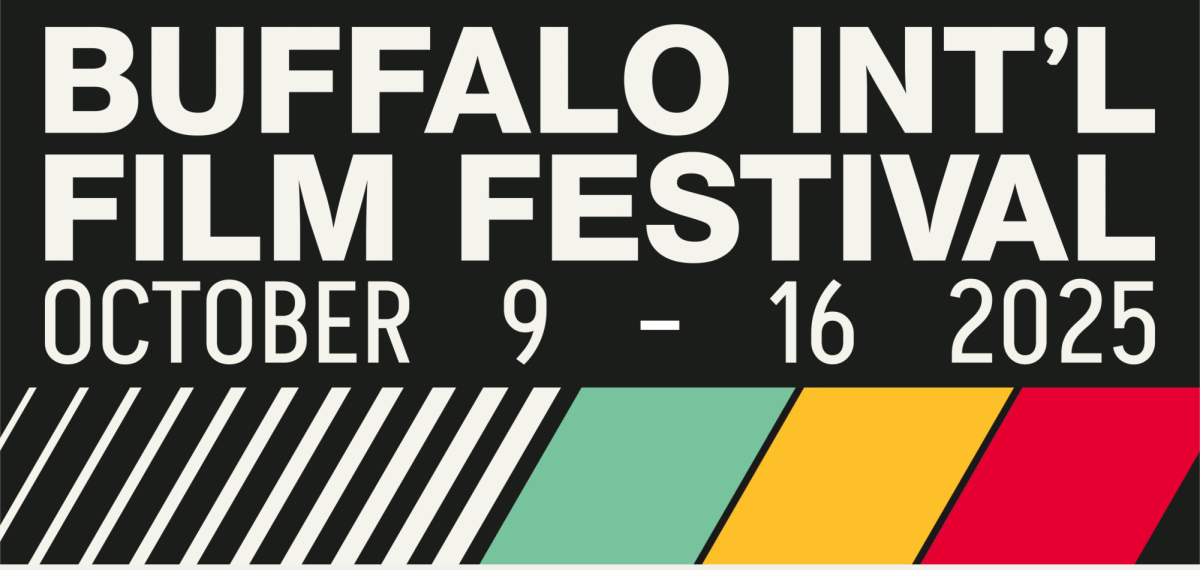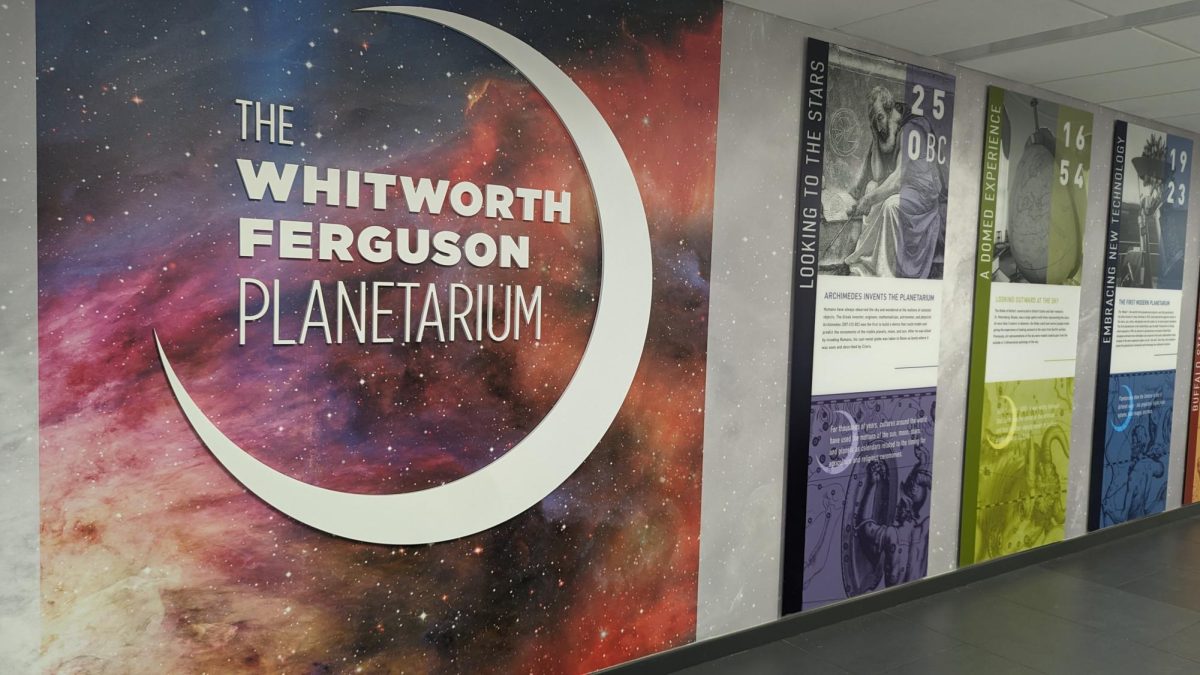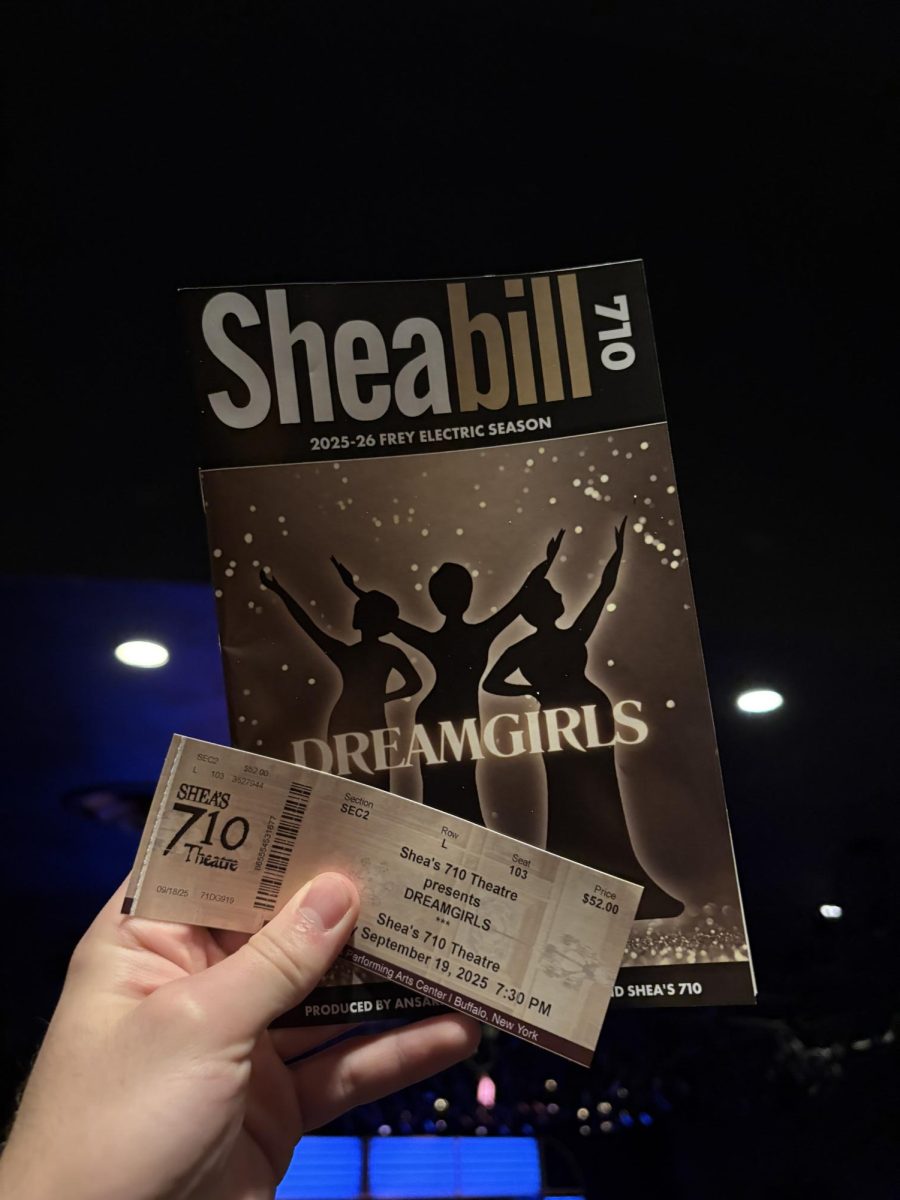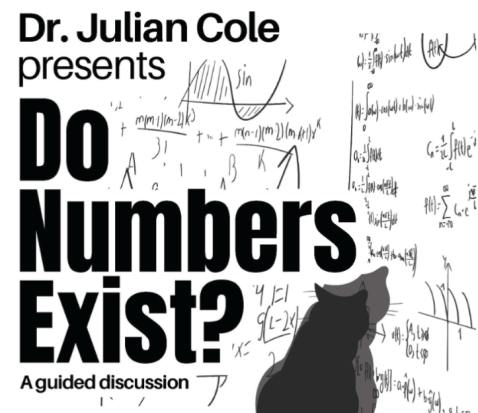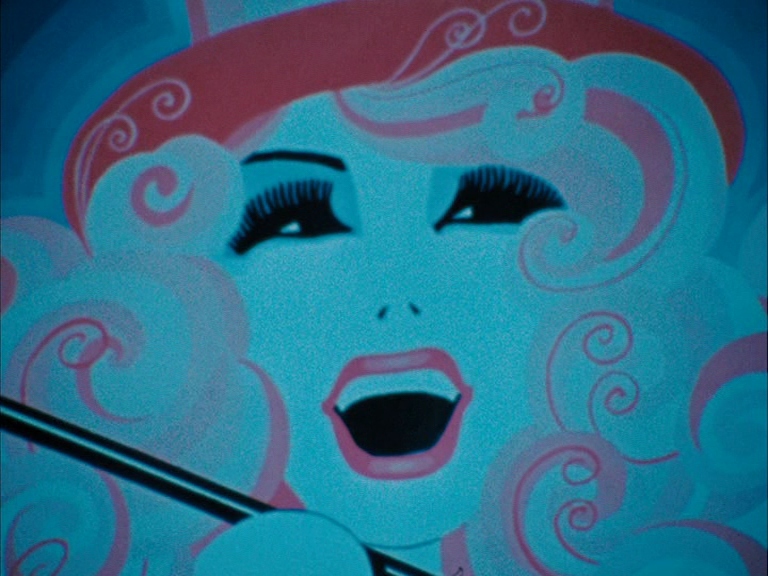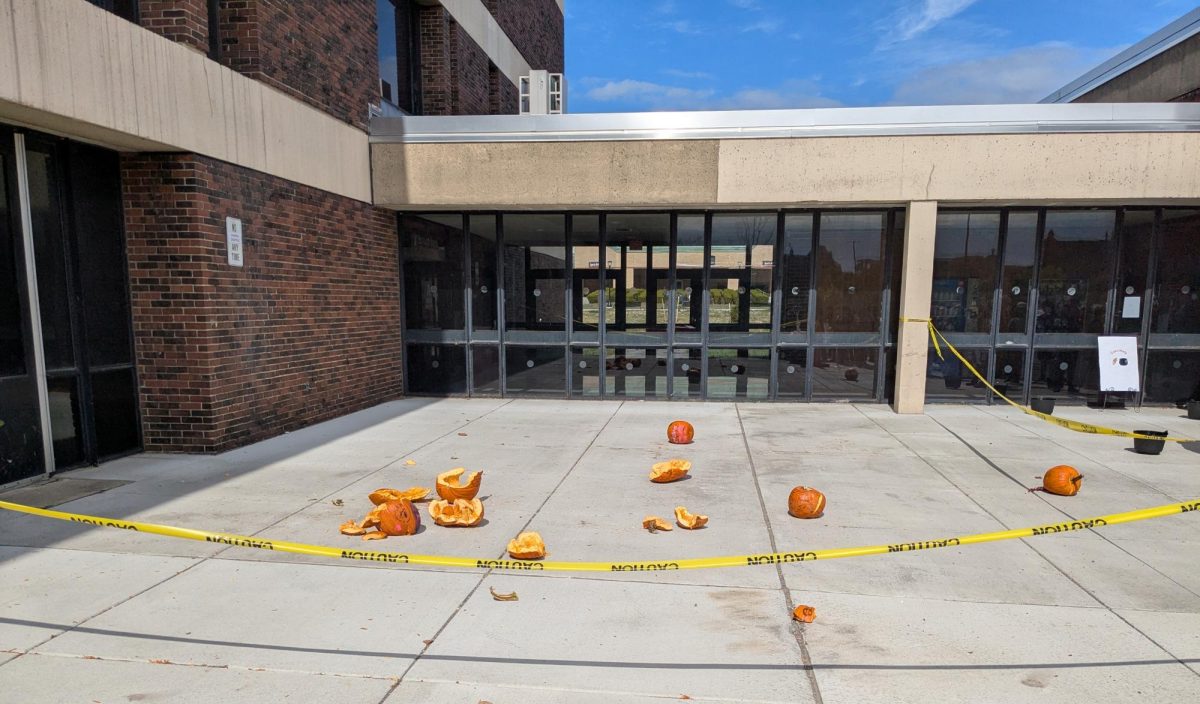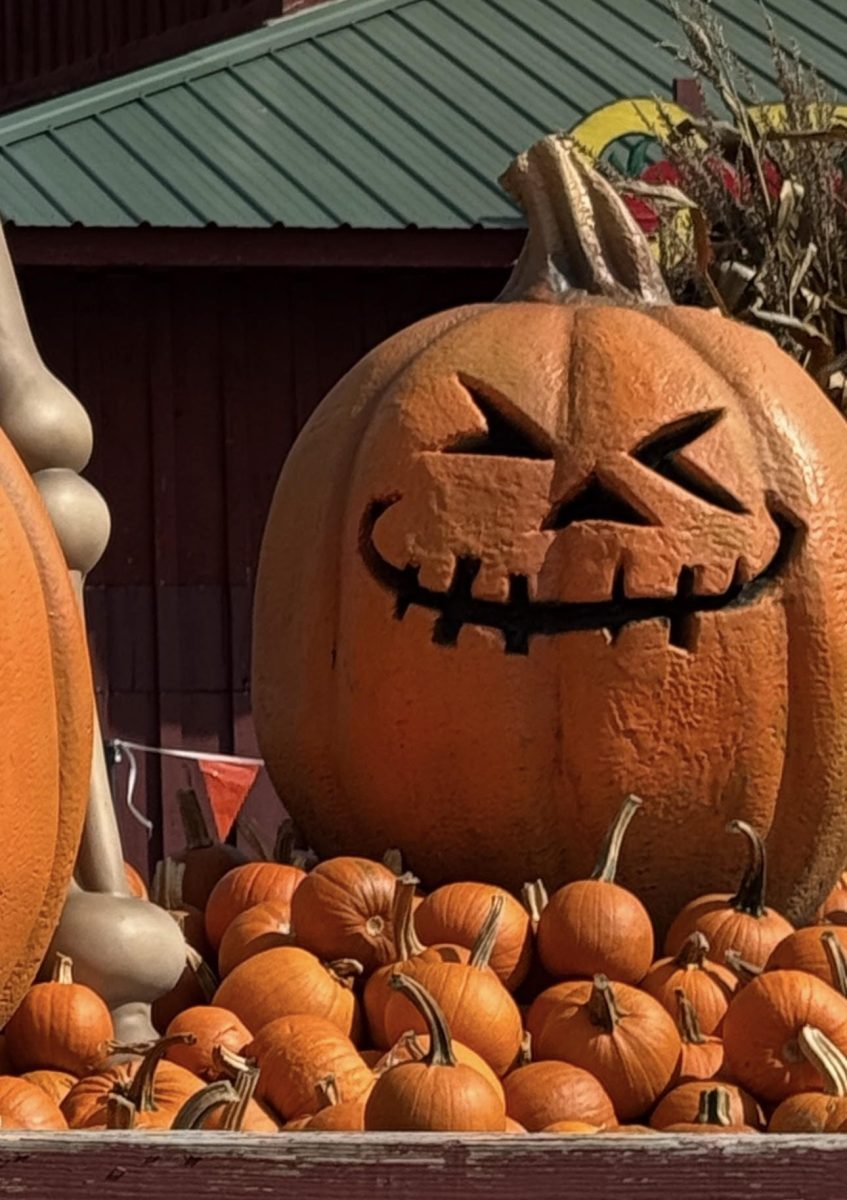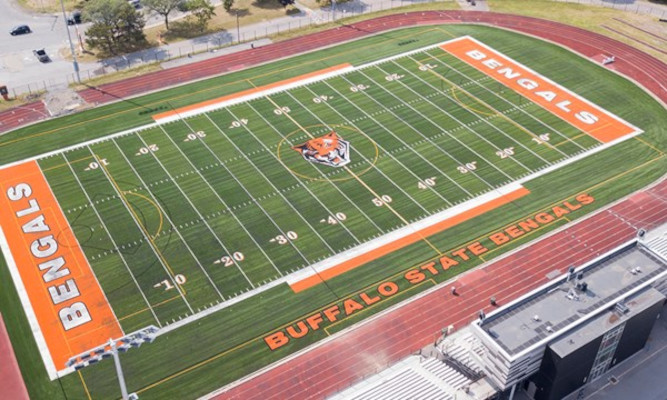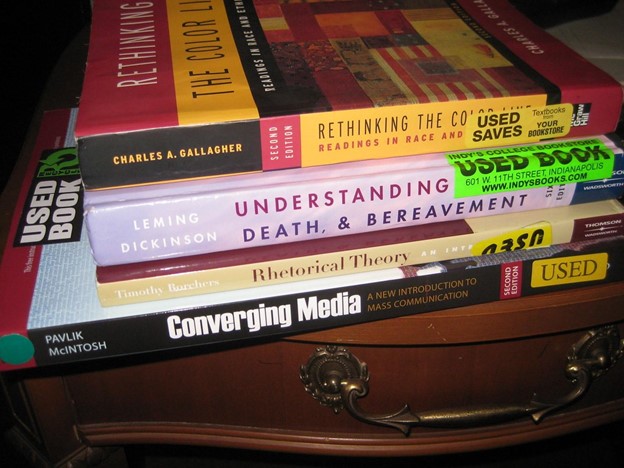Nostalgia has always been a big draw in media. You take a beloved classic from years ago and bring it to the modern day, people are going to be drawn to it. Not to say there’s anything wrong with that, sometimes it’s good to indulge a little and get some extra content for your favorite franchises.
As of recent however, big companies across any entertainment medium you can imagine have been honing in on nostalgia-baiting more than ever. Look to the amount of classic Disney films that have recently been remade in live action. Or how many video game remakes have released in the last few years.
It has gotten to the point where remakes and sequels have begun to take up the majority of upcoming content taking slots, which begs the question: Is nostalgia taking the place of original storytelling?
One of the most noticeable areas where this shift is taking place is in the world of video games. While there have also been remakes, there has been an astronomical uptick recently. From Final Fantasy VII, to Metal Gear Solid 3, to even The Last of Us, within the last 6 or so years video remakes have been seeing more and more releases. This could most likely be connected to the remake of classic horror game Resident Evil 2 in 2019. That game was a rousing success, selling around 15 million copies since its launch and being the highest selling game in the iconic franchise. Since this game’s release 6 years ago, we have seen remakes release in quicker succession than ever seen before.
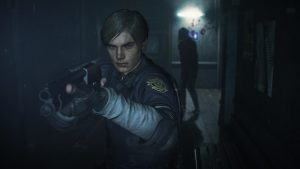
This surge has sparked ongoing debate among gamers. On one hand, remakes make classic games accessible again, especially those that are nearly impossible to play today without tracking down expensive legacy hardware. For others, it’s a chance to see their childhood favorites reimagined with modern graphics and gameplay.
On the other hand, critics argue that some of these remakes miss the point of the originals, stripping away the charm or tone in favor of quick nostalgia hits. There’s also the concern that remakes take up development resources that could be used to create something entirely new.
It could be said that both sides are correct in one way or another, as its truly a case by case basis on how developers capitalize on nostalgia to create these games.
In one hand, you have games like Resident Evil 2 or Demon’s Souls. These games have offered fresh takes on the classics while keeping the core spirit intact, thus allowing new players to feel the same draw that people who played the originals decades prior felt, and giving people who’ve played the original games a new yet familiar experience that respects their old favorites.
In the other hand, though, you could have remakes such as The Last of Us Part 1 or Pokemon Brilliant Diamond and Shining Pearl. These versions make only minimal changes, often feeling like safe, full-priced re-releases. While the originals were beloved, these remakes feel more like a way to capitalize on nostalgia than to meaningfully expand on the games themselves.
The nostalgic draw isn’t limited to video games either. One of the most prominent recent examples in television is the recent anime Dragon Ball Daima. If there’s ever been a case of nostalgia-bait done right, this might be it.
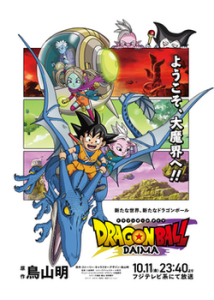
It wears its connections to earlier shows on its sleeve. One of the main selling points of the show was that it shares a tone with the original series and Dragon Ball GT and we see the show lean heavily into this over its 20 episode run. It obviously relied on the viewer’s nostalgia of how Dragon Ball “used to be” to garner its viewer base, but it wasn’t the only pillar holding up the show.
It was a genuine addition to the franchise, introducing new world-building elements, brand new characters, and long-anticipated developments for established characters that fans had been hoping to see made official for years.
There is also the fact that the series creator Akira Toriyama had direct involvement for the entire project, giving the show an added level of authenticity and reinforcing the notion that this was a genuine continuation of his vision instead of another corporate cash grab.
In direct contrast, the Star Wars franchise has increasingly found itself mired in nostalgia, often prioritizing familiar callbacks over bold new storytelling.
As of late, Star Wars has leaned heavily on legacy characters and recycled story beats, rather than diving into the rich well of new ideas the universe has to offer. One could argue this trend began with the final film in the sequel trilogy, The Rise of Skywalker. That movie ended up bogged down by vague plot threads, stitched together with moments of fan service that felt like an attempt to mask or counterbalance its shortcomings.
The trend becomes even more egregious in the Disney+ shows, where legacy characters frequently pop up in cameo appearances with little to no narrative weight. It often feels as if the creators are saying, “Hey, remember this guy from the other show?” These moments rarely serve the story in a meaningful way. They’re more like bursts of nostalgia meant to go viral on social media, creating the illusion of substance rather than delivering it.
So, is nostalgia replacing original storytelling? The honest answer is: it depends. When used thoughtfully, nostalgia can be a powerful tool, used as a way to draw in longtime fans while still offering something new, as seen with Dragon Ball Daima. But when it becomes the only draw, as recent Star Wars entries often demonstrate, it risks turning stories into hollow echoes of the past. At its best, nostalgia deepens the experience. At its worst, it replaces creativity with comfort. And as audiences, we’re left to decide which version we’re willing to accept.


